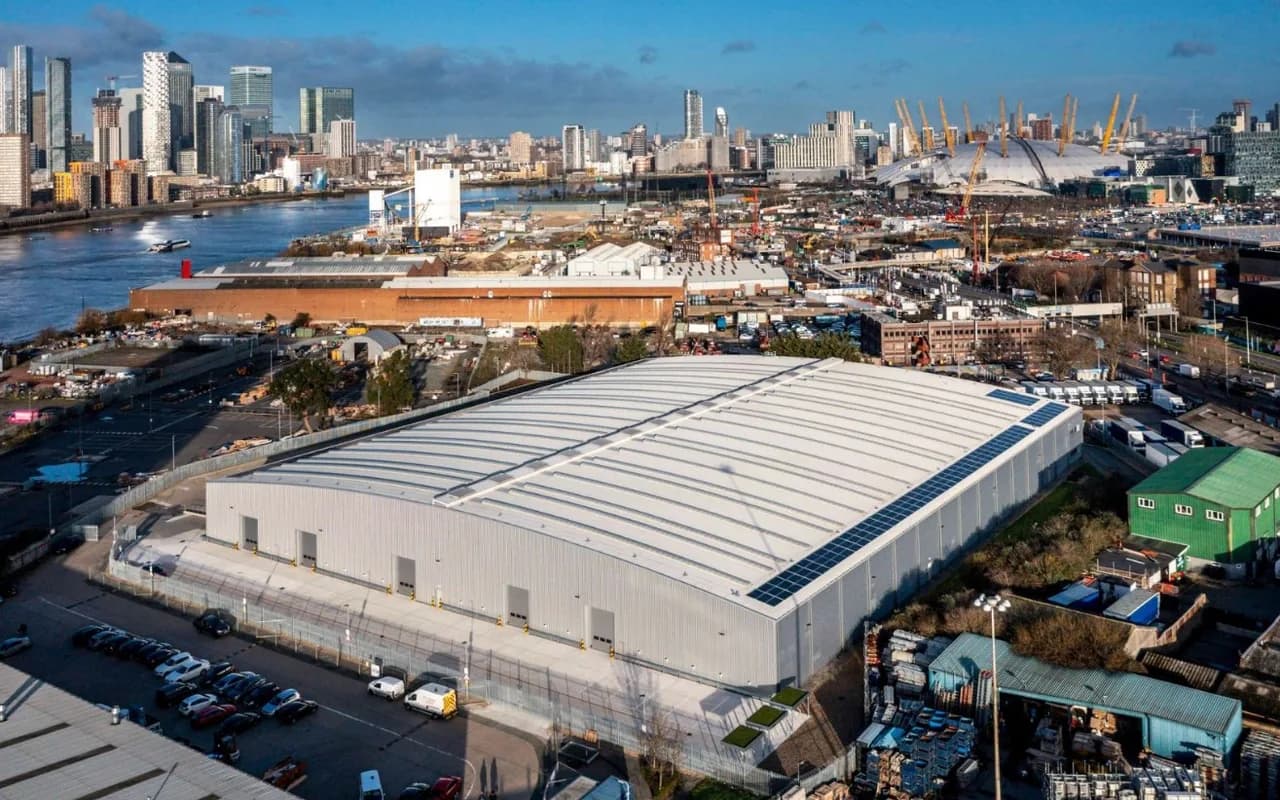
50 shades of Grey Space The impact of a rise in Grey Space in the UK Logistics Market
2022 was another strong year for industrial real estate, with demand the 3rd highest on record. Swathes of warehousing was taken up by logistics occupiers in a race for space only surpassed by the two ‘Covid’ years prior. All of this without Amazon even taking a single square foot, illustrated a depth to the market that some had questioned. New sectors announced their entry into the market and new entrants made a splash and 2023 has continued in a similar vein with occupier demand still high and vacancy low - at 3.65%. However, there is a rising trend to monitor. Grey Space.
Grey Space, aka Tenant Supply, is not a new phenomenon, there have always been subleases in the market. Some more available than others and there is an underworld of space that is more ‘off-market’ than ‘on’ and never makes it to the open market. Typically the space is more flexible - in occupation period, size and fit-out, which makes it more fluid. It also makes the data more difficult to analyse and with the recent headlines of major occupiers, such as Amazon, Arrival, Super Smart and TPN announcing they’re offloading space, it’s worth adding some context to the situation. In the industry Grey Space as a term refers to existing leases where occupiers are looking to dispose of part or all of their existing obligation. They can sub-let or assign. That might be part or all of the space. It might be for a short, medium or long term. It might be at a discount rent, passing rent or at a ‘profit rent’. The point is there are lots of routes one can follow. Right now across the UK, we calculate there to be 6.2M sq ft of Grey Space, however, not all of that 6.2M sq ft is ‘fully’ available: some of it is short term; some of the occupiers are only subletting part; and similarly some of the occupiers who are marketing multiple assets do not want to offload all of them but can be flexible. Much of the sub-leasing is ‘strategic’.
- Amazon are offloading some older assets to move into more efficient new ones, or targeting ‘profit rents’.
- Super Smart Services are only looking to offload 3 of 5 (flexible in which ones those are).
- Gousto are subletting their new cold store in Burton but only for a short term (2-3 years).
- Hotel Chocolat are only subletting circa 200k of their 430k Northampton unit.
Once these nuances are taken into account we estimate only half of the 6.2M sq ft is genuine availability, resulting in a more realistic total of 3.1M sq ft. The Occupational Market remains strong, which is key. Quality of the stock is also key - 65% of the list is ‘Grade A’ ‘new-builds’. 25% of the list has brand new tenant fit-out included, such as racking and mezzanines.
This will result in:
- Significantly lower void periods than average there will be a high turnover of this stock. The majority of occupiers prioritise readily available stock and they don’t get much more available that these readily fittedout options.
- Profit rents - in a market restricted of supply there is upward rental pressure. When you combine that with brand new fit-outs and flexible lease terms expect to see big profit rents.
As I write this article we’re aware of good interest or solicitors instructed on 1.1M sq ft of the space. We’re aware further stock is coming back to the market in Q2, the majority of which is of similar high-quality. Therefore, whilst we forecast the vacancy rate to tick up throughout the year, we also expect tenant demand to remain strong at close to 36 million sq ft, and thus keep a lid on the vacancy rate to below 5% by end 2023. As always, it’s important to read beyond just the headline data to really understand the nuances within the market.



